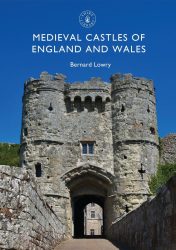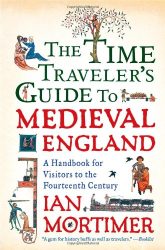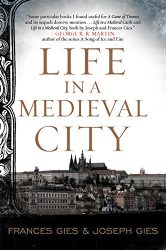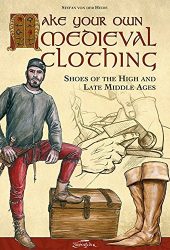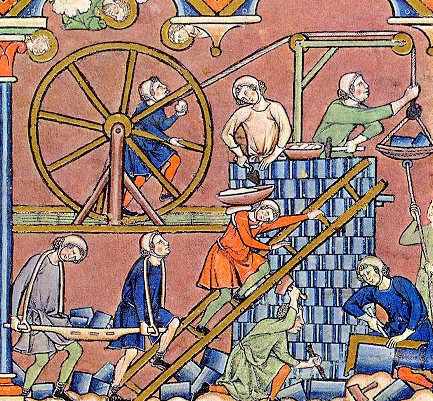
Stone carvers were an essential part of medieval society. They had a variety of jobs including carving tombstones and creating tools and statues. The development of iron tools facilitated the creation of chisels, drills, and saws.
The stones were usually carved on the ground before they were set in place. Sometimes, individual masons used special symbols to make sure they were paid for the blocks they carved.
Most stone carvers worked as part of a guild, which sometimes also included masons and bricklayers. The wages of a medieval stone carver were usually higher than average.
History of Stone Carvers
Stone carving is amongst the oldest known works of representational art. Cut into rock, there are several surviving prehistoric petroglyphs such as the Venus figurines – some as old as 800,000 years.
The first tools used for carving were probably harder stones scratching on softer ones, as well as antlers and some abrasion techniques. The reason for this is that bronze is not hard enough to work on even the softest stone.
The development of iron facilitated the creation of stone carvings by incorporating tools such as chisels and drills.
In medieval times, carved stones were used for decorative purposes on the visible walls of castles. This includes smooth stones around doors dreames, lintels, and the edges of arrow loops. Each of these stones was meticulously and skillfully shaped by stone carvers.
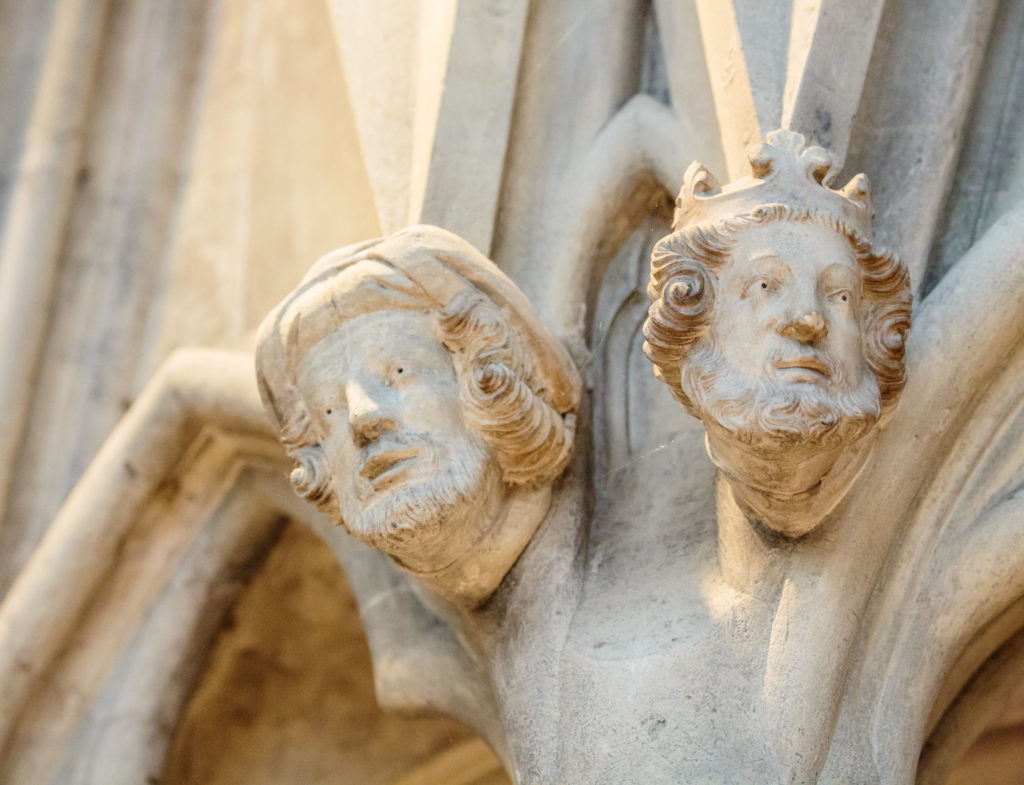
Medieval Stone Carver Tools and Techniques
Unlike woodcarvers, who rarely had to worry about vibrations in their material, stone carvers had to carefully lift their chisel away from the sone after each blow of the hammer. Otherwise, they risked the rock breaking – and losing many days of work!
The process began, as it does today, with the selection of the stone for carving. Some artists used the stone as inspiration and others used clay or wax models or sketched the form on paper or on the rock using charcoal or chalk. Then, the carver would begin by knocking off large portions of unwanted stone using a chisel (a long, hefty piece of iron or steel with a point at one end and a broad striking surface at the other). Once the general shape was determined, sculptors would use other tools to refine the figure – for example creating parallel lines in the sone with a toothed chisel or claw chisel, or utilizing a shallower stroke in combination with a wooden mallet.
The final stage was the polishing of the piece using sandpaper, sand cloth, or emery – a stone that is harder than the sculpture media.
Among a medieval stone carver’s favorite tools are:
- Percussion tools for hitting the rock (mallets, adzes, axes, bouchards, and hammers)
- Wedges and pitching tools
- Chisels for cutting
- Abrasive materials or machinery.
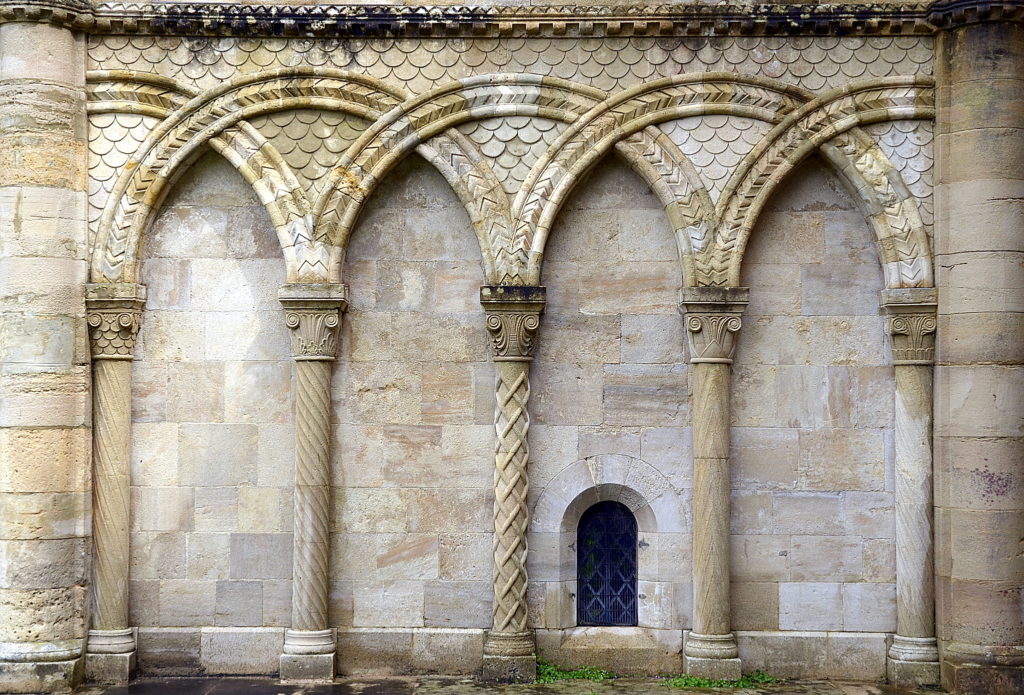
Books about Medieval Life
More Medieval Occupations

Medieval Minstrel
Medieval minstrels sang, played musical instruments, and told engaging stories. Here’s what life was like for a minstrel in the Middle Ages.
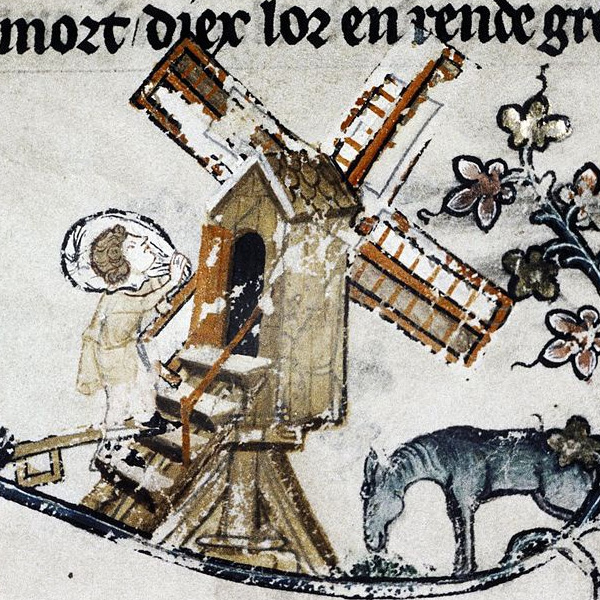
Medieval Miller
Millers were some of the most important tradesmen in the Middle Ages. Learn more about this medieval profession and how millers lived.
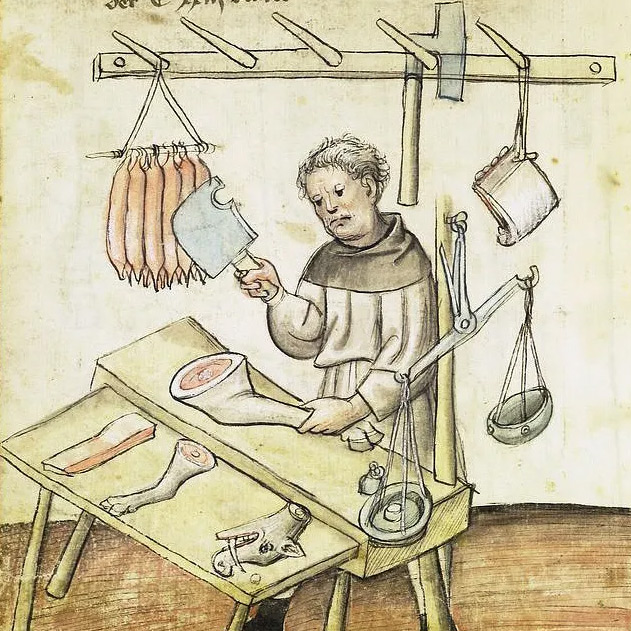
Medieval Butcher
Middle Ages butchers prepared meat, fish, and fowl for the people in a castle or a city. They sometimes had stalls in a marketplace.
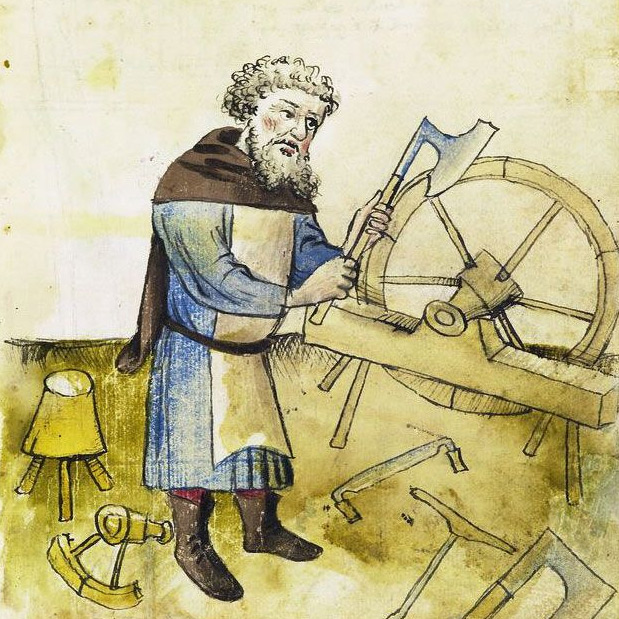
Medieval Wheelwright
Medieval candlemakers made candles from materials such as fat, tallow and beeswax.

Medieval Shoemaker
Medieval candlemakers made candles from materials such as fat, tallow and beeswax.
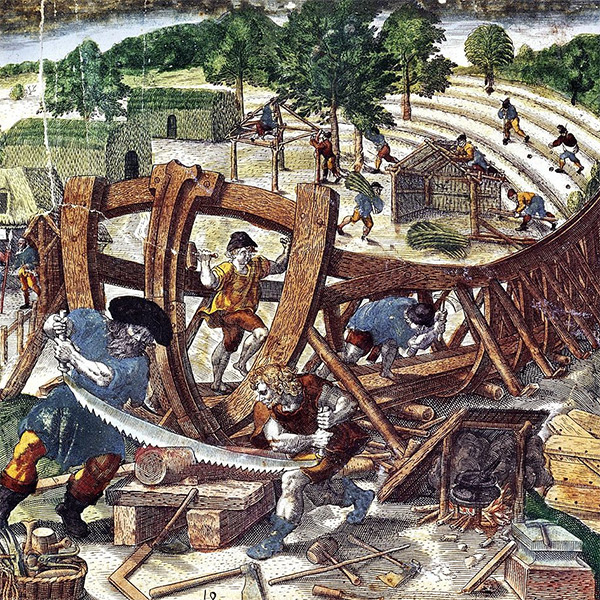
Medieval Shipwrights and Shipmaking
Being a sailor in the middle ages meant living a lonely and difficult life, as they would often set sail for months or even a year at a time.


